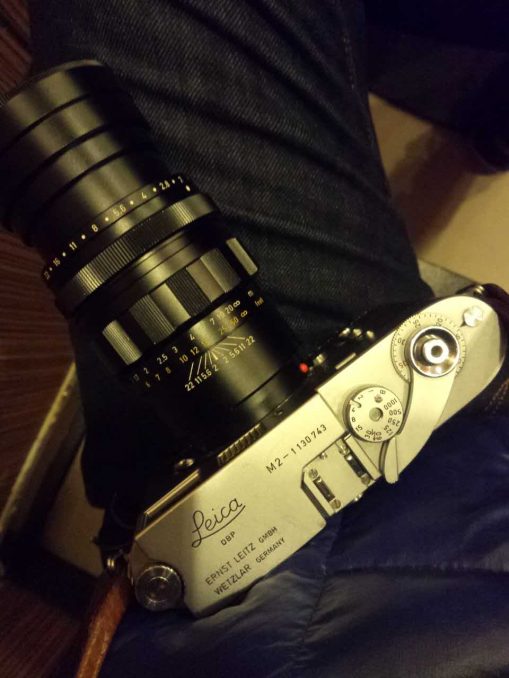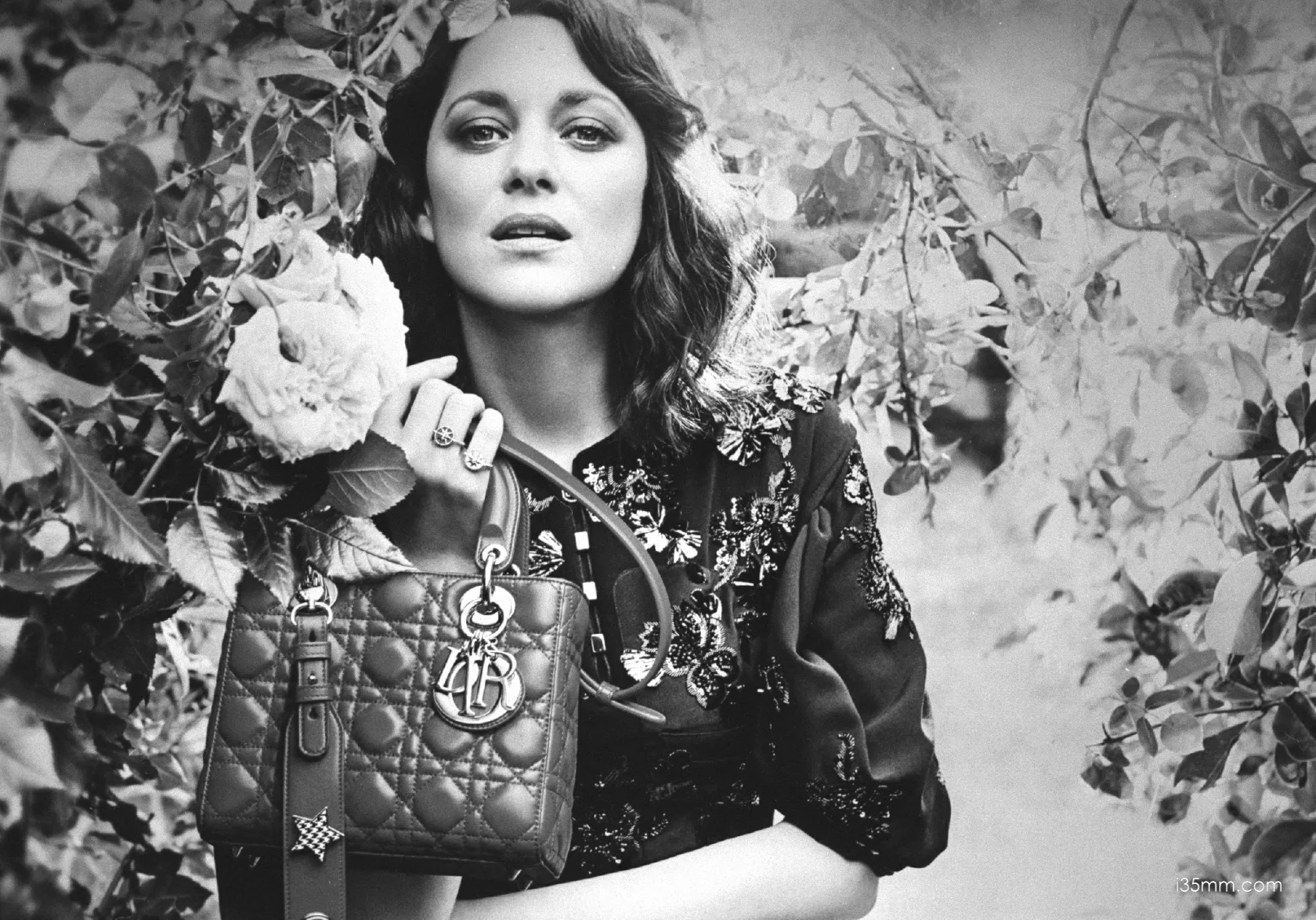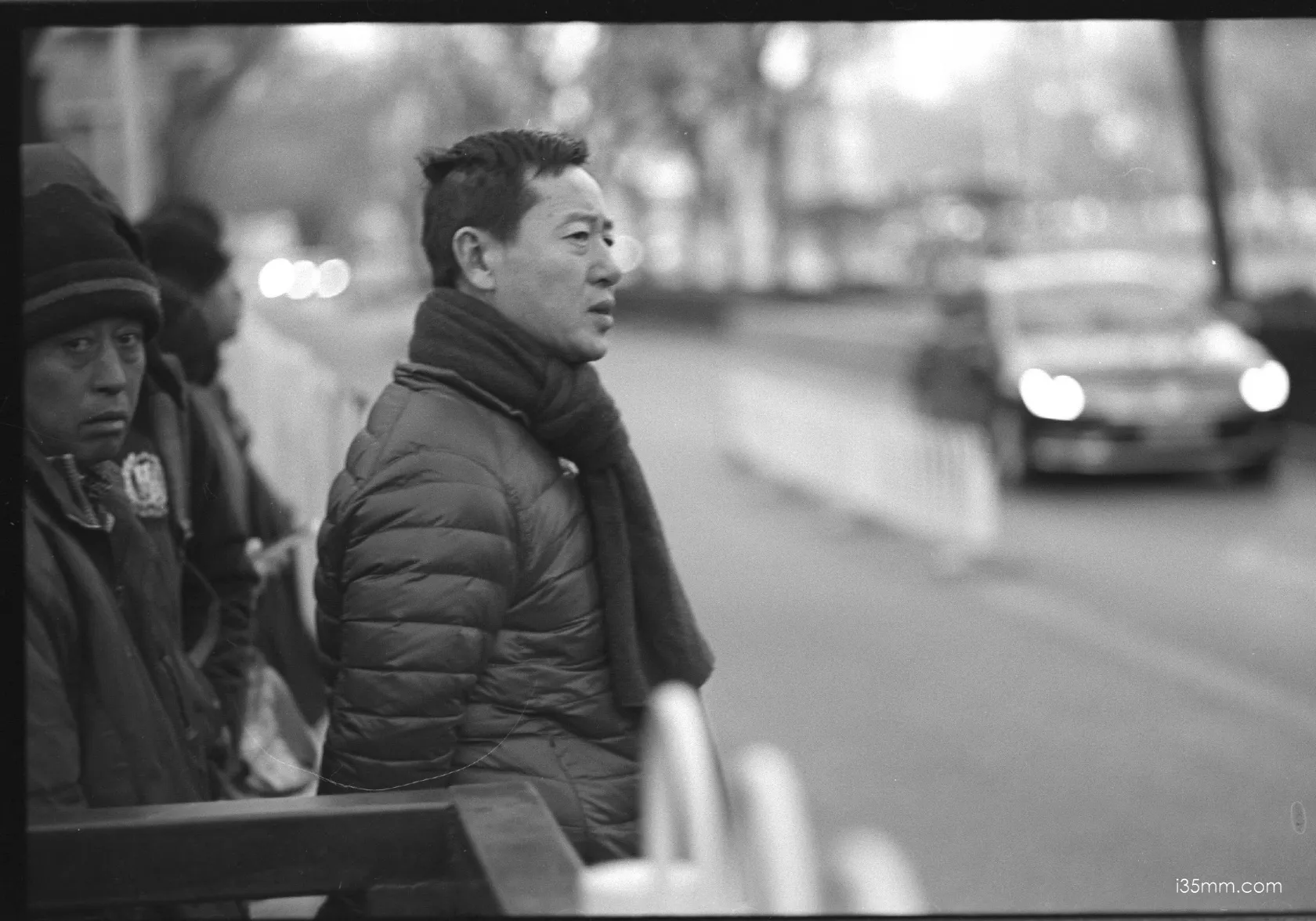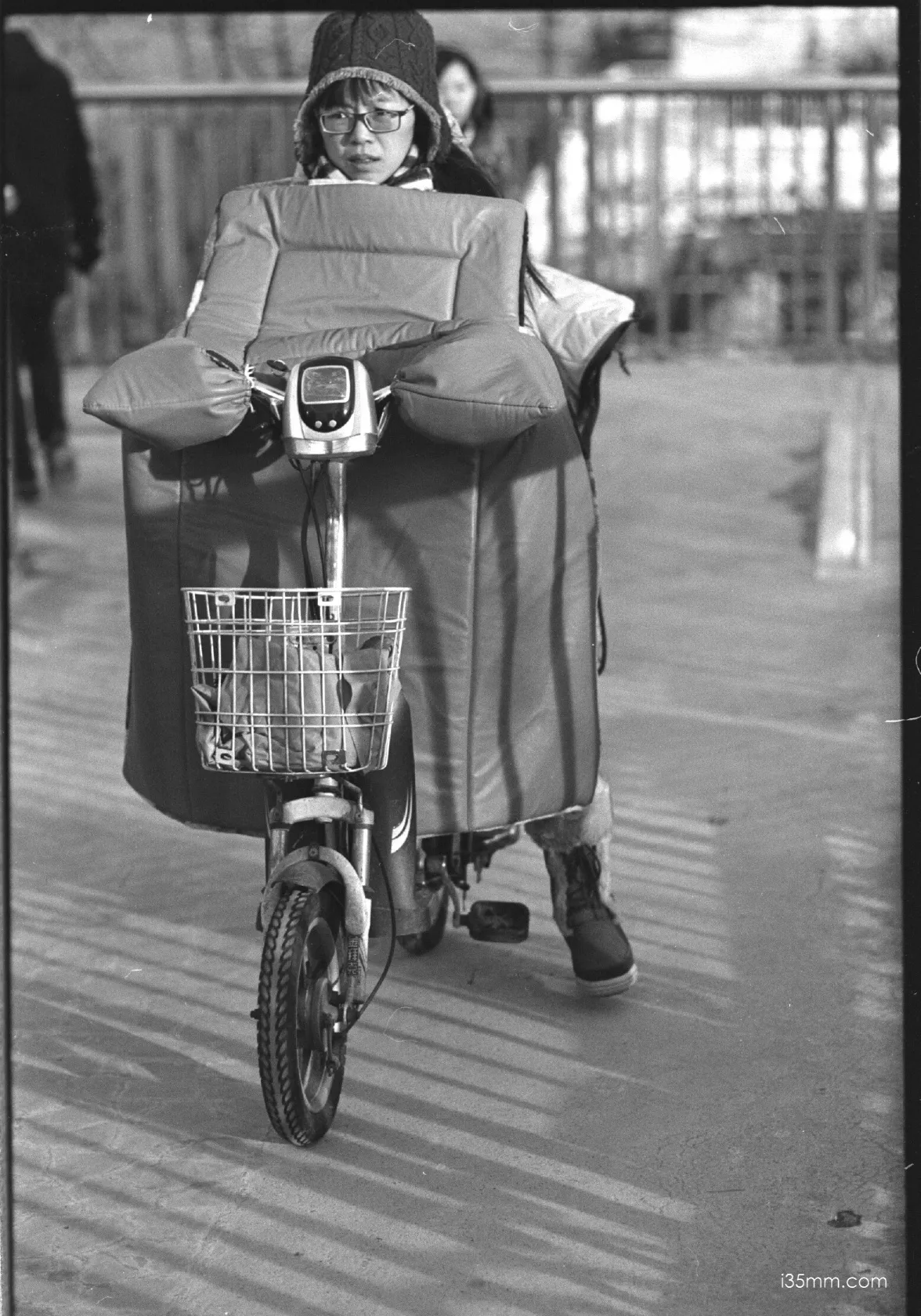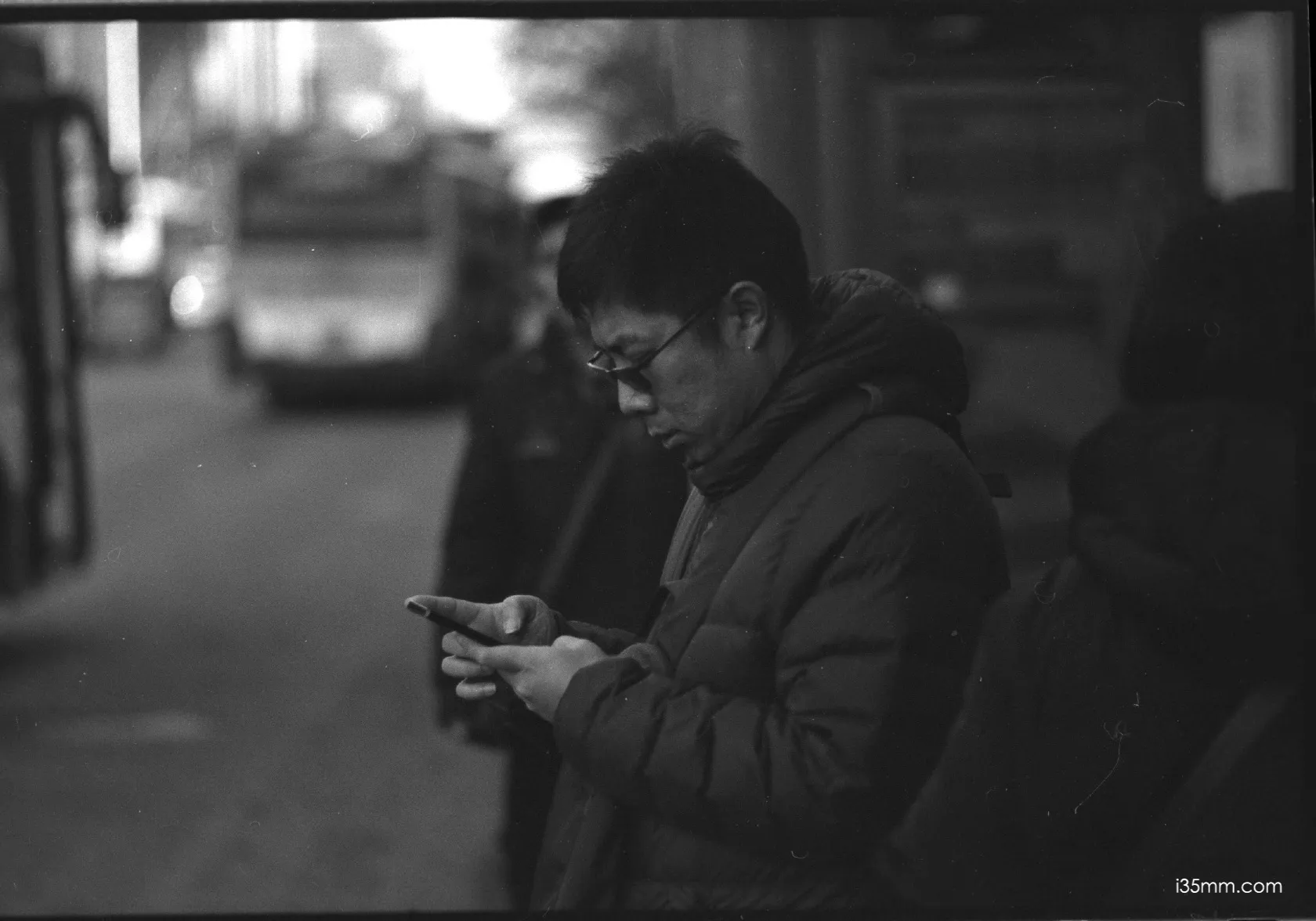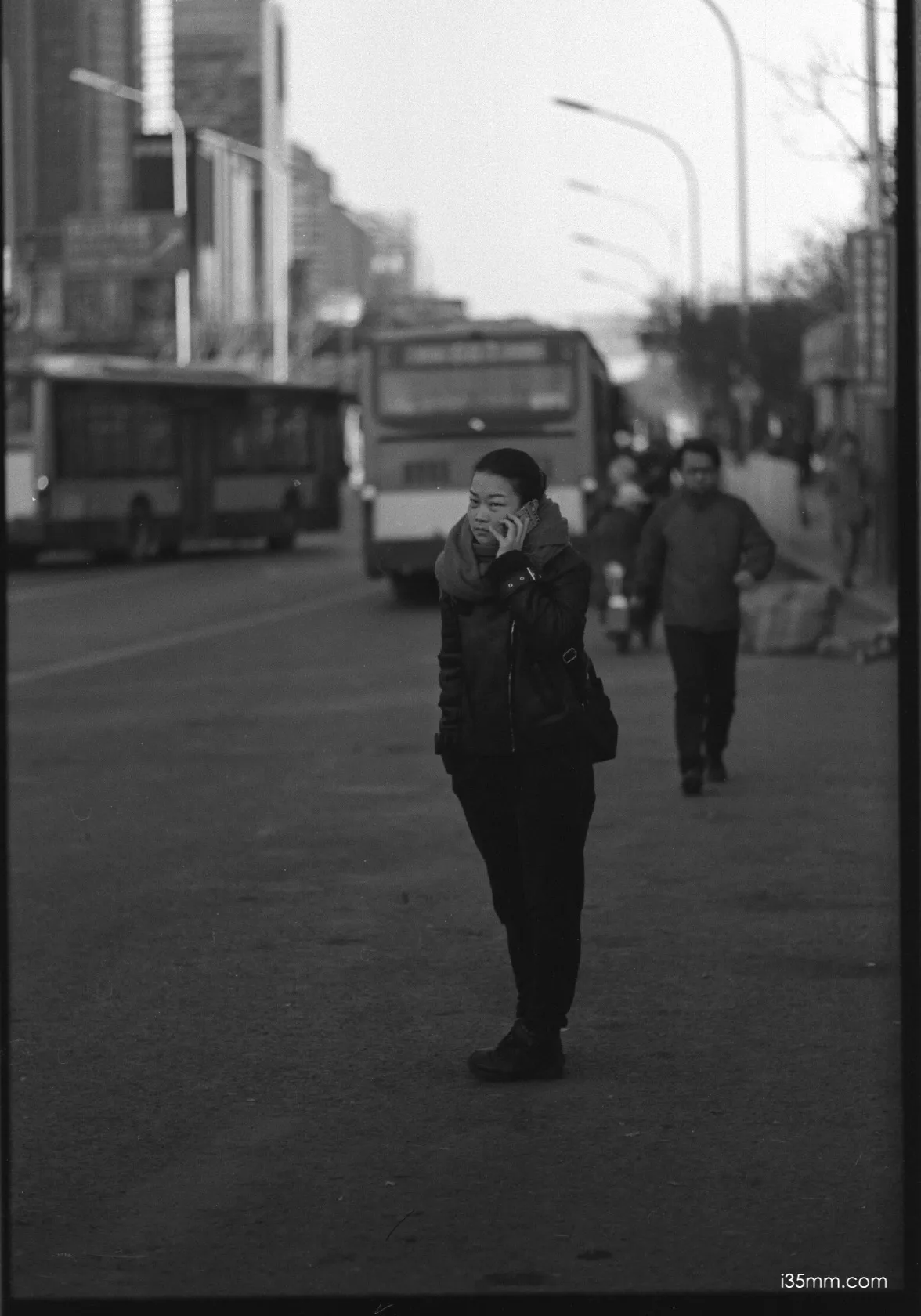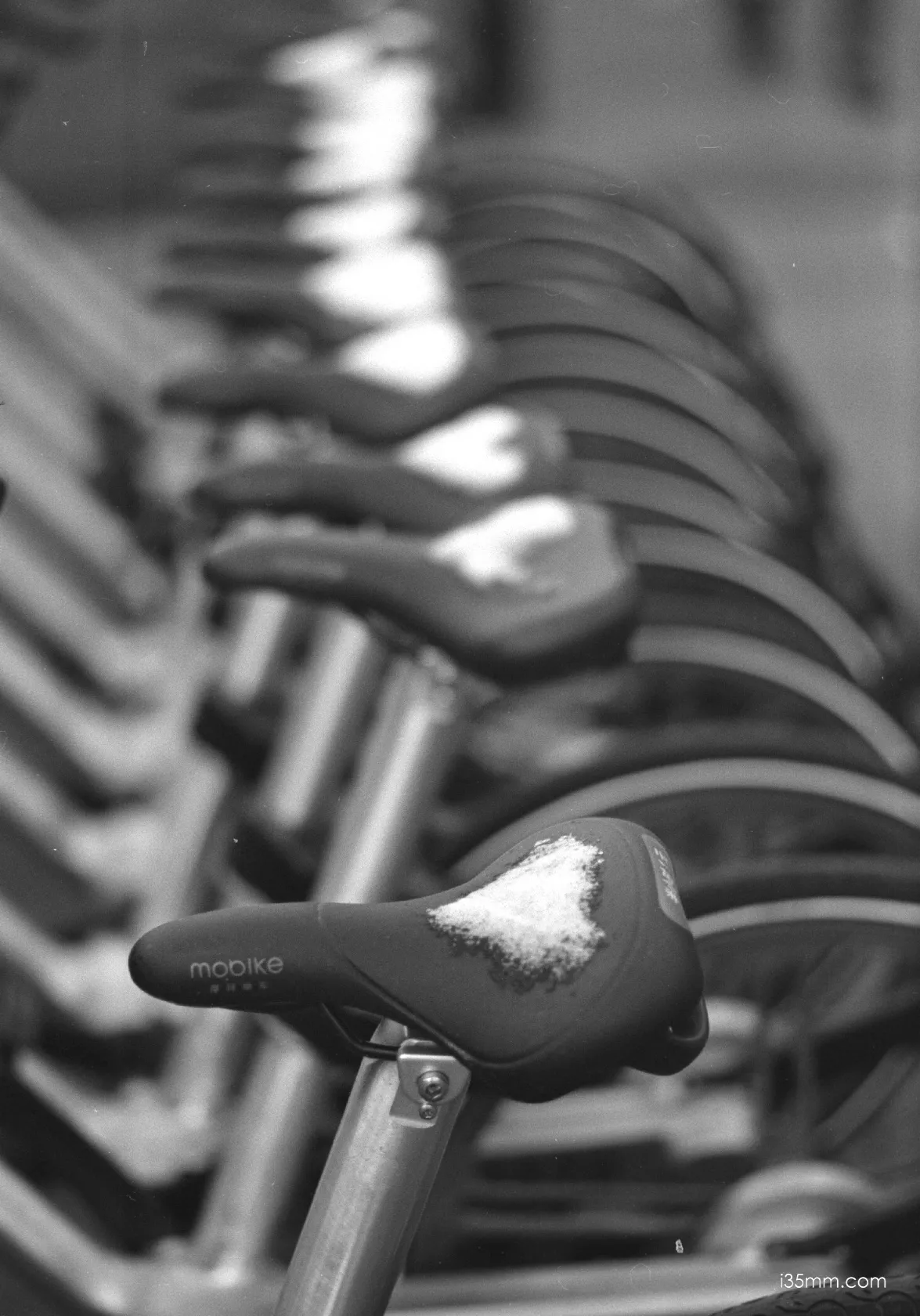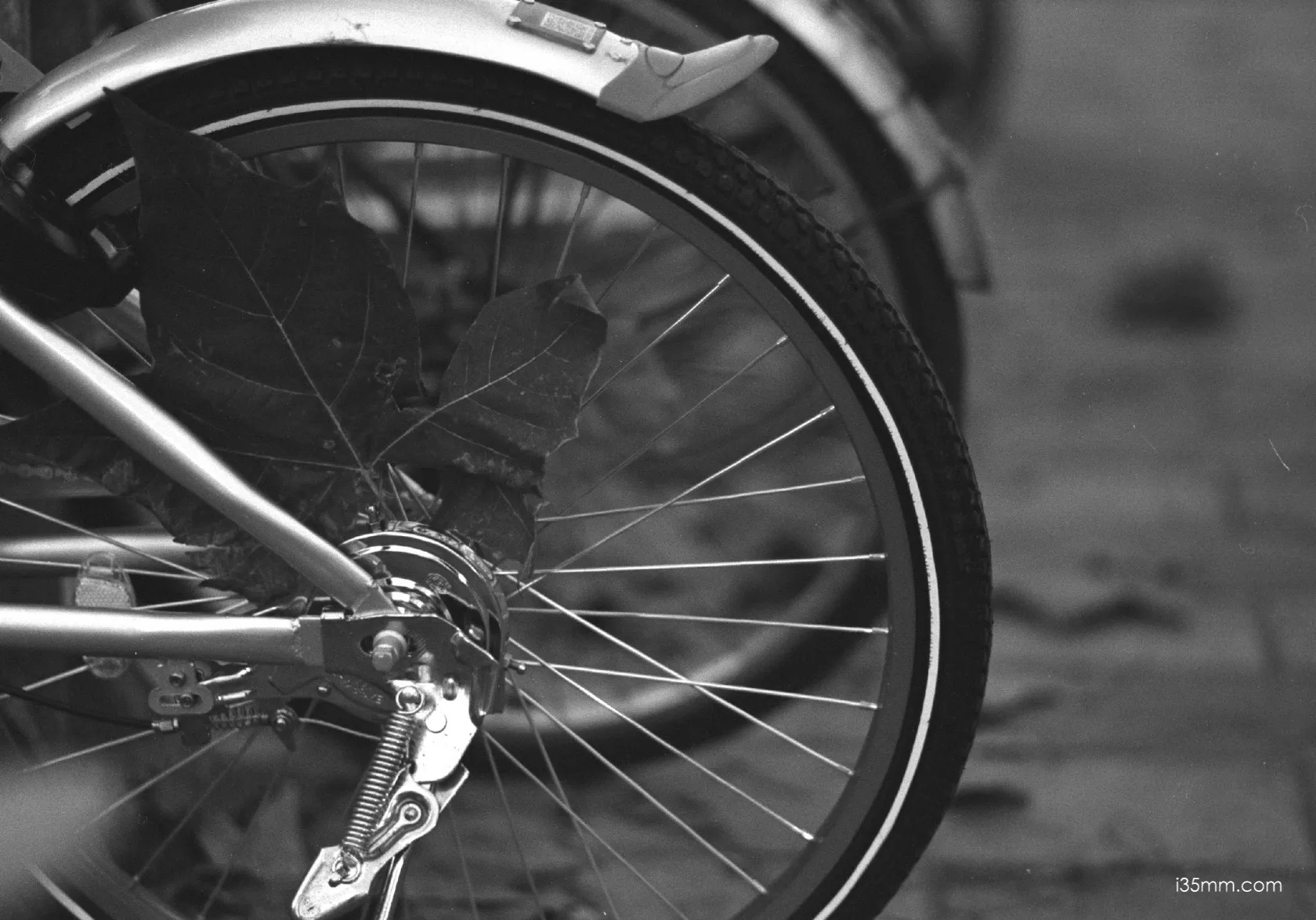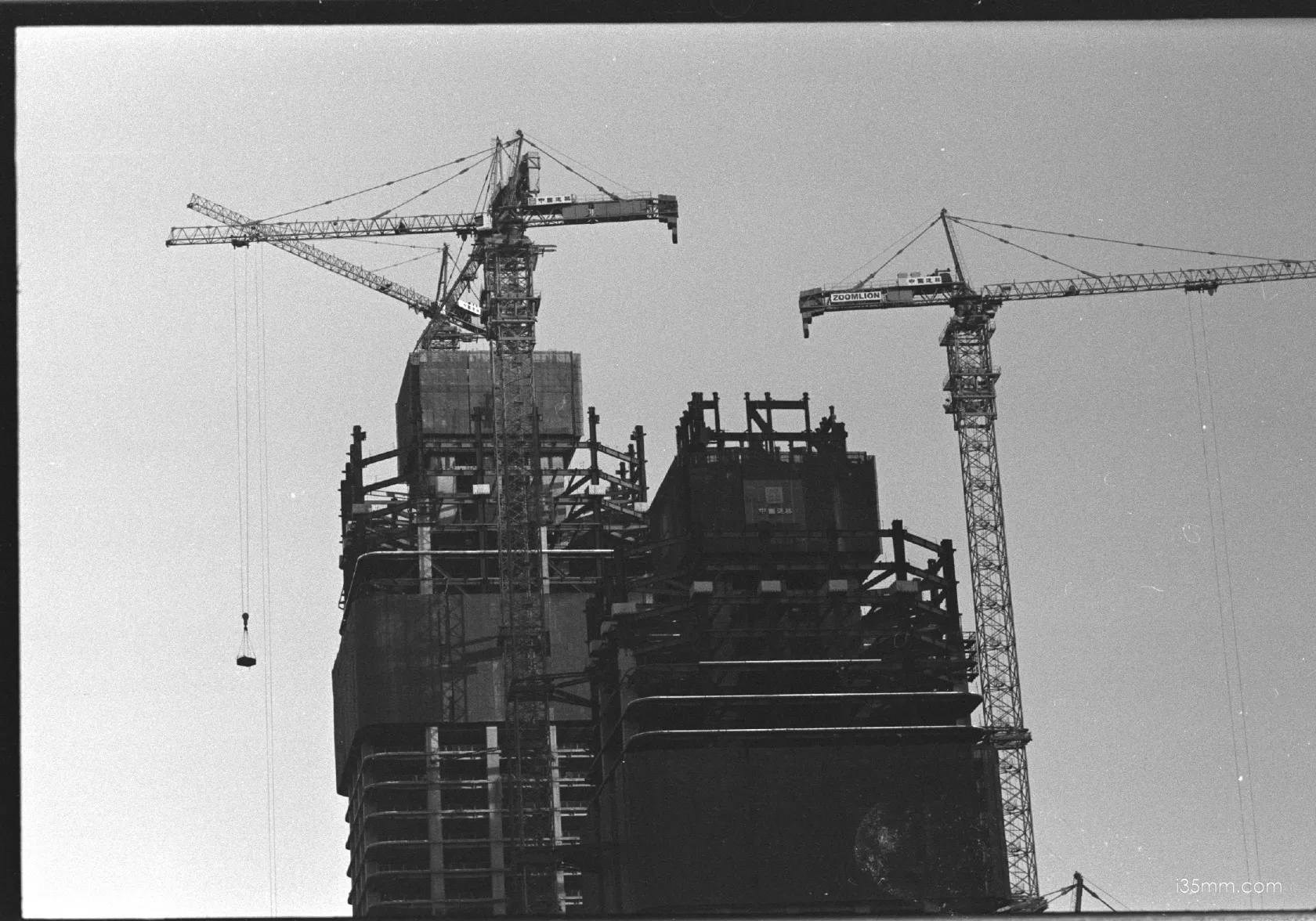Prologue: The Leica Leviathan
In a world chasing featherweight primes, the 1969–1980 Leica Summicron 90mm f/2 “Big Head Nine” looms like a vintage Cadillac Eldorado—unapologetically massive, mechanically sublime, and dripping with analog charm. Priced between 500–500–1,200 (2025 USD), this 700g brass-and-glass titan proves that sometimes, bigger really is better. Think of it as the Marlon Brando of lenses: imposing, unforgettable, and utterly uncompromising.
Design: Swiss Watch Meets Steam Engine
- Tactile Theatre
- Hood Sorcery: The retractable hood deploys like a Rolls-Royce umbrella—each millimeter of travel dampened with Swiss-watch precision. Modern plastic hoods? Amateur hour.
- Body: Polished chrome (silver) or vulcanite-clad brass (black)—dense as a Dickens novel, balanced like a Broadway diva.
- Generational Quirks
- V1 (Silver): A disco ball on your camera—blindingly gorgeous, blindingly reflective.
- V2/V3 (Black): Chunky dual focus/aperture rings—like wearing two Rolexes on one wrist. Quirky? Yes. Stylish? Debatable.
Optical Alchemy: Portraiture Perfected
| Aspect | Big Head Nine | Modern 90mm f/2 ASPH |
|---|---|---|
| Sharpness | Hemingway’s prose—direct yet soulful | GPT-4 clinicality |
| Bokeh | Rembrandt’s chiaroscuro | IKEA lamp uniformity |
| Weight | Kettlebell workout | Yoga mat lightness |
| Soul | 🎭🎭🎭🎭🎭 | 🤖 |
- f/2 Wide Open: Skin tones glow like candlelit marble—flaws softened, humanity amplified.
- Stopped Down: At f/5.6, microcontrast rivals Ansel Adams’ zone system—every eyelash, wrinkle, and stray hair sings.
The “Three Truths”
- Focus Throw Zen: The long helical focus demands Cartier-Bresson-level patience—a meditative antidote to spray-and-pray culture.
- Handheld Havoc: At 1/90s, it’s a sobriety test for your hands. Fail? Embrace the watercolor abstraction—call it impressionist mode.
Who Needs This Lens?
✓ Portrait Purists: Who believe soul > autofocus
✓ Nostalgia Alchemists: Turning leaden weight into golden imagery
✓ Contrarians: Who’d bench-press this lens for bragging rights
Avoid If: You shoot street, hike mountains, or think “vintage” means “eBay flip.”
Final Verdict: The Unapologetic Classic
The Big Head Nine isn’t a lens—it’s a statement. For the price of a weekend in Vienna, you gain:
- A masterclass in Mandler-era optical sorcery
- Proof that “impractical” often means “irreplaceable”
- Permission to laugh at modern minimalism
Rating:
🎞️🎞️🎞️🎞️🤍 (film poets) | 📱📱🤍🤍🤍 (pixel pedants)
“A lens that whispers: ‘True character isn’t measured in grams, but in gravitas.’”
Pro Tips:
- Tripod Love: Use it—your neck (and sanity) will thank you.
- Film Pairing: Kodak Portra 160—its creamy palette harmonizes with the lens’ oil-painting bokeh.
- Zen Mantra: “Slow is smooth, smooth is sharp.”
Epilogue: The Titan’s Whisper
Leica’s Big Head Nine scoffs at trends, whispering: “Greatness isn’t measured in grams or gigapixels—it’s etched in brass.” Like a Tang dynasty ink painting, its beauty lies in bold strokes, not tiny details. Now go paint your masterpiece. 🖌️
Maximum aperture: 1: 2 Angle: 270 Minimum distance: 100cm Filter: E48
